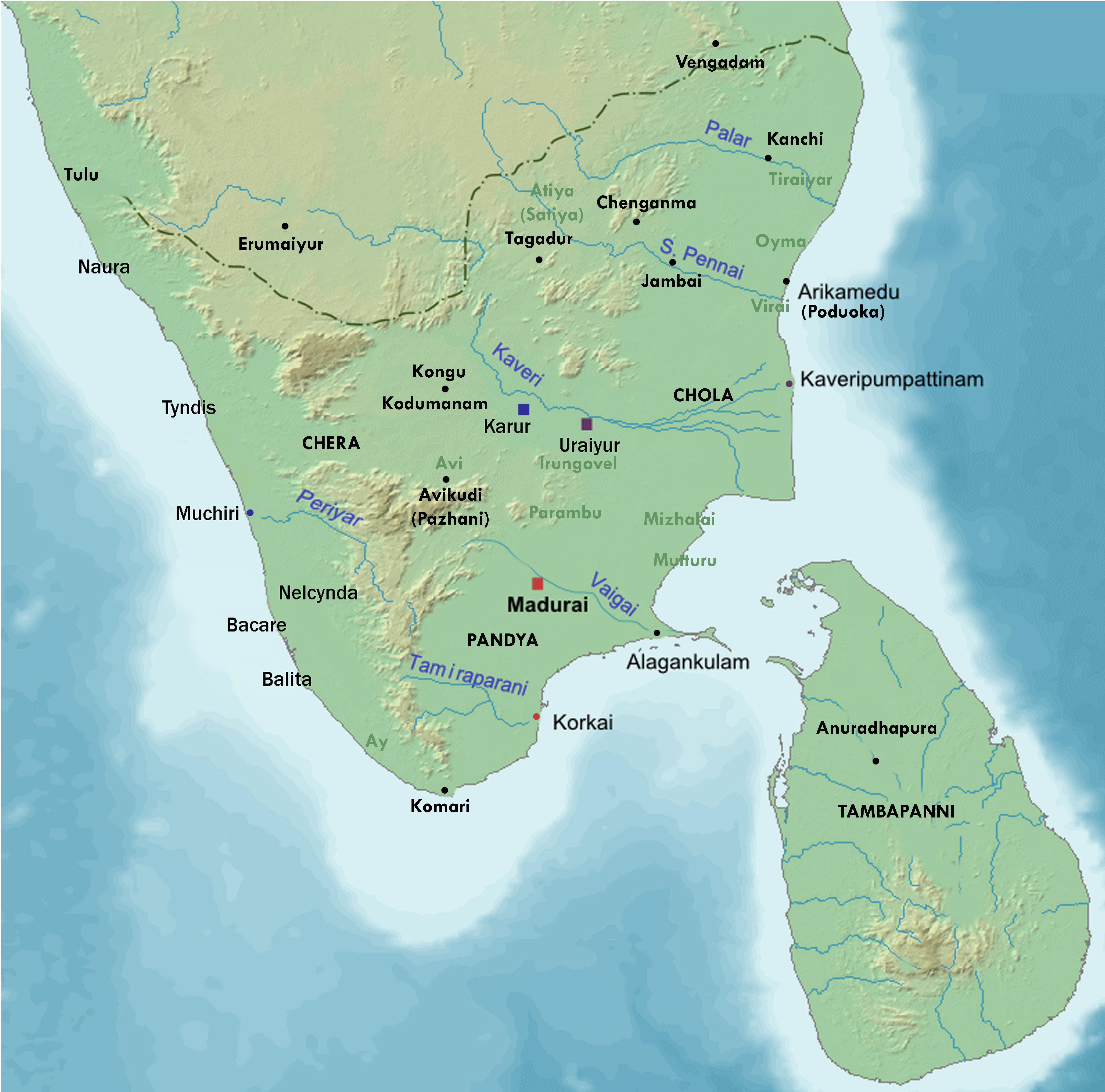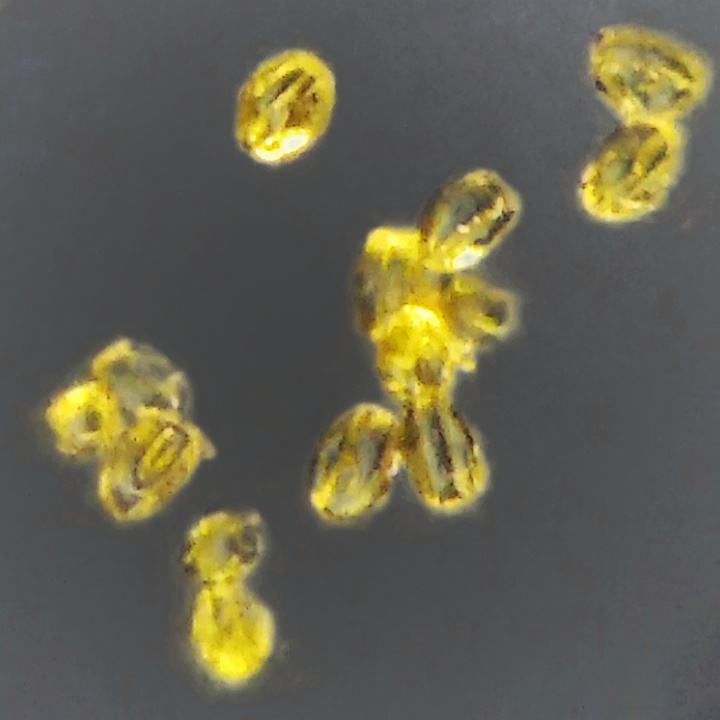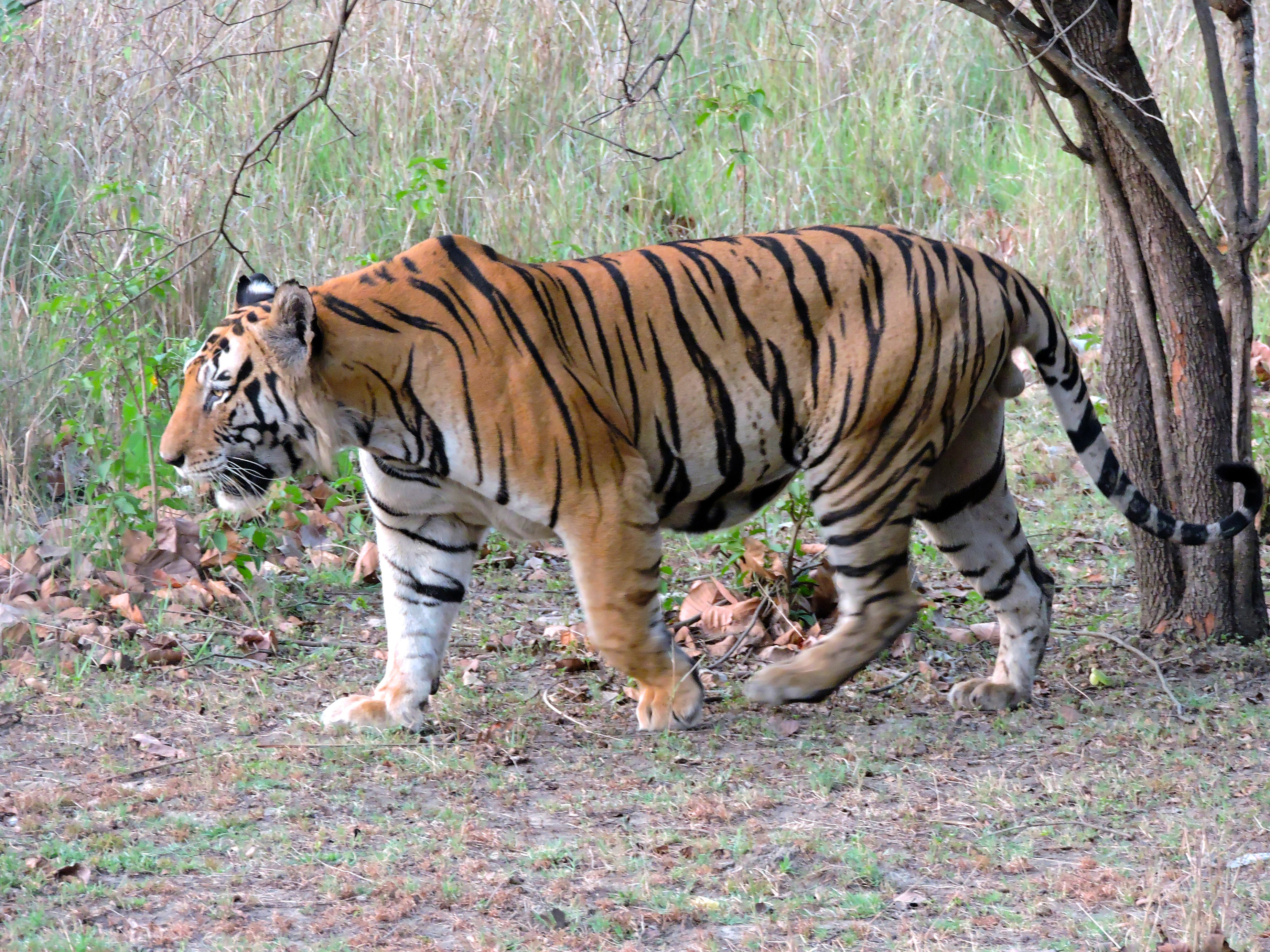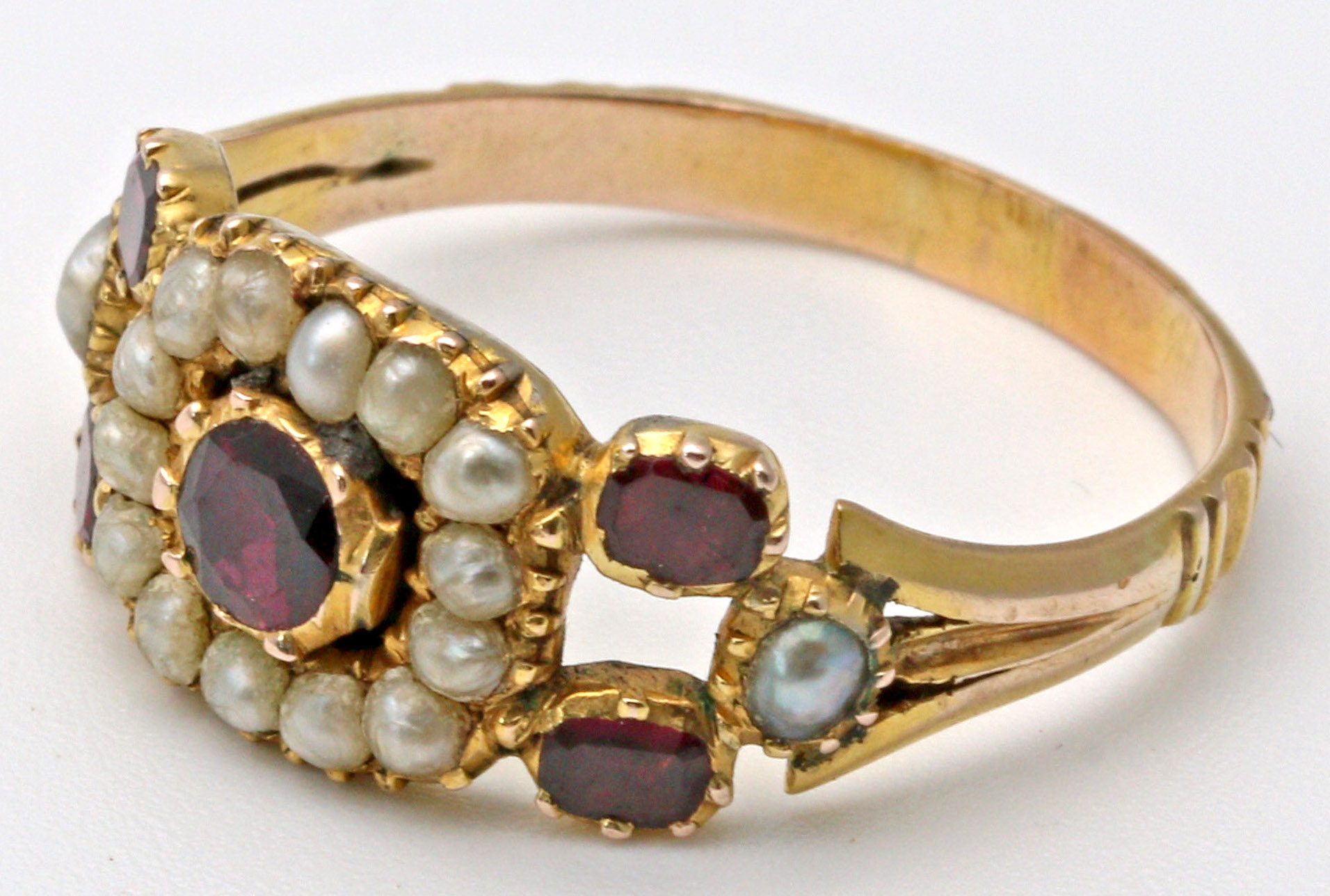|
Kannaki
Kannagi (), sometimes spelled Kannaki, is a legendary Tamil woman who forms the central character of the Tamil epic '' Cilappatikāram''. Kannagi is described as a chaste woman who stays with her husband despite his adultery, their attempt to rebuild their marriage after her unrepentant husband had lost everything, how he is framed then punished without the due checks and processes of justice. Kannagi proves and protests the injustice, then curses the king and city of Madurai, leading to the death of the unjust Pandyan king of Madurai, who had wrongfully put her husband Kovalan to death. The society that made her suffer then endures retribution as the city Madurai, in consequence, is burnt to the ground because of her curse. In Tamil folklore, Kannagi has been deified as the symbol – sometimes as a goddess – of chastity, with sculptures or reliefs in Hindu temples iconographically reminding the visitor of her breaking her anklet or tearing her bleeding breast and throwing i ... [...More Info...] [...Related Items...] OR: [Wikipedia] [Google] [Baidu] |
Cilappatikāram
''Cilappatikāram'' ( IPA: ʧiləppət̪ikɑːrəm, ''lit.'' "the Tale of an Anklet"), also referred to as ''Silappathikaram'' or ''Silappatikaram'', is the earliest Tamil epic. It is a poem of 5,730 lines in almost entirely ''akaval'' (''aciriyam'') meter. The epic is a tragic love story of an ordinary couple, Kaṇṇaki and her husband Kōvalaṉ. The ''Cilappatikāram'' has more ancient roots in the Tamil bardic tradition, as Kannaki and other characters of the story are mentioned or alluded to in the Sangam literature such as in the '' Natṟiṇai'' and later texts such as the ''Kovalam Katai''. It is attributed to a prince-turned-jain-monk Iḷaṅkō Aṭikaḷ, and was probably composed in the 5th century CE (although estimates range from 2nd to 6th century CE). The ''Cilappatikāram'' is an ancient literary masterpiece. It is to the Tamil culture what the ''Iliad'' is to the Greek culture, states R. Parthasarathy. It blends the themes, mythologies and theological va ... [...More Info...] [...Related Items...] OR: [Wikipedia] [Google] [Baidu] |
Pattini
Pattini (, ) is considered a guardian deity of Sri Lanka in both Sri Lankan Buddhism and Sinhalese people, Sinhalese folklore. She is also worshipped by Hinduism in Sri Lanka, Sri Lankan Tamil Hindus under the name Kannaki Amman. Pattini is regarded as the patron goddess of fertility and health, especially as a protector against smallpox, which is referred to in Sinhala language, Sinhala as ''deviyange ledé'' ("the divine affliction"). History Goddess Pattini is the deified form of Kannaki, the central character of the Tamil epic ''Cilappatikaram'', composed by Ilango Adigal in south India after the 2nd century CE. The worship of Pattini was introduced to Sri Lanka shortly thereafter, where it absorbed earlier local deities such as Kiri Amma ("the Milk Mother"). Historians attribute the introduction of Goddess Pattini to Gajabahu I, a Sinhalese ruler who reigned in Sri Lanka from 113 to 135 CE. According to some historians, the ''Cilappatikaram'' mentions Gajabahu's presence ... [...More Info...] [...Related Items...] OR: [Wikipedia] [Google] [Baidu] |
Manimekalai
''Maṇimēkalai'' (, ), also spelled ''Manimekhalai'' or ''Manimekalai'', is a Tamil Buddhist epic composed by Kulavāṇikaṉ Seethalai Sataṉar probably somewhere between the 2nd century to the 6th century. It is an "anti-love story", a sequel to the "love story" in the earliest Tamil epic '' Cilappatikaram'', with some characters from it and their next generation. The epic consists of 4,861 lines in ''akaval'' meter, arranged in 30 cantos. The title ''Manimekalai'' is also the name of the daughter of Kovalan and Madhavi, who follows in her mother's footsteps as a dancer and a Buddhist nun. The epic tells her story. Her physical beauty and artistic achievements seduces the Chola prince Udayakumara. He pursues her. She, a nun of Mahayana Buddhism persuasion, feels a commitment to free herself from human ties. She rejects his advances, yet finds herself drawn to him. She hides, prays and seeks the help of her mother, her Buddhist teacher Aravana Adikal and angels. They ... [...More Info...] [...Related Items...] OR: [Wikipedia] [Google] [Baidu] |
Sri Lankan Tamil People
Sri Lankan Tamils ( or ), also known as Ceylon Tamils or Eelam Tamils, are Tamils native to the South Asian island state of Sri Lanka. Today, they constitute a majority in the Northern Province, form the plurality in the Eastern Province and are in the minority throughout the rest of the country. 70% of Sri Lankan Tamils in Sri Lanka live in the Northern and Eastern provinces. Modern Sri Lankan Tamils descend from residents of the Jaffna kingdom, a former kingdom in the north of Sri Lanka and Vanni chieftaincies from the east. According to the anthropological and archaeological evidence, Sri Lankan Tamils have a very long history in Sri Lanka and have lived on the island since at least around the 2nd century BCE. The Sri Lankan Tamils are mostly Hindus with a significant Christian population. Sri Lankan Tamil literature on topics including religion and the sciences flourished during the medieval period in the court of the Jaffna Kingdom. Since the beginning of the ... [...More Info...] [...Related Items...] OR: [Wikipedia] [Google] [Baidu] |
Pandya Dynasty
The Pandya dynasty (), also referred to as the Pandyas of Madurai, was an ancient Tamil dynasty of South India, and among the four great kingdoms of Tamilakam, the other three being the Pallavas, the Cholas and the Cheras. Existing since at least the 4th to 3rd centuries BCE, the dynasty passed through two periods of imperial dominance, the 6th to 10th centuries CE, and under the 'Later Pandyas' (13th to 14th centuries CE). Under Jatavarman Sundara Pandyan I and Maravarman Kulasekara Pandyan I, the Pandyas ruled extensive territories including regions of present-day South India and northern Sri Lanka through vassal states subject to Madurai. The Pandya dynasty is the longest ruling dynasty in the world. The rulers of the three Tamil dynasties were referred to as the " three crowned rulers (the mu-ventar) of the Tamil Region" in the southern part of India. The origin and the timeline of the Pandya dynasty are difficult to establish. The early Pandya chieftains ruled ... [...More Info...] [...Related Items...] OR: [Wikipedia] [Google] [Baidu] |
Azadirachta Indica
''Azadirachta indica'', commonly known as neem, margosa, nimtree or Indian lilac, is a tree in the mahogany family Meliaceae. It is one of the two species in the genus ''Azadirachta''. It is native to the Indian subcontinent and to parts of Southeast Asia, but is naturalized and grown around the world in tropical and subtropical areas. Its fruits and seeds are the source of neem oil. ''Nim'' is a Hindustani noun derived from Sanskrit ''nimba'' (). Description Margosa is a fast-growing tree that can reach a height of , and rarely . It is evergreen, shedding many of its leaves during the dry winter months. The branches are wide and spreading. The fairly dense crown is roundish and may reach a diameter of . The opposite, pinnate leaves are long, with 20 to 30 medium to dark green leaflets about long. The terminal leaflet often is missing. The petioles are short. White and fragrant flowers are arranged in more-or-less drooping axillary panicles which are up to long. The inflo ... [...More Info...] [...Related Items...] OR: [Wikipedia] [Google] [Baidu] |
Shaktism
Shaktism () is a major Hindu denomination in which the God in Hinduism, deity or metaphysics, metaphysical reality is considered metaphorically to be a woman. Shaktism involves a galaxy of goddesses, all regarded as different aspects, manifestations, or personifications of the divine feminine energy called ''Shakti''. It includes various modes of worship, ranging from those focused on the most worshipped Durga, to gracious Parvati, and the fierce Kali. After the decline of Buddhism in India, various Hindu and Buddhist goddesses were combined to form the Mahavidya, a Pantheon (religion), pantheon of ten goddesses. The most common forms of the Mahadevi worshipped in Shaktism include: Durga, Kali, Saraswati, Lakshmi, Parvati, and Tripura Sundari. Also worshipped are the various Gramadevatas across the Indian villages. Shaktism also encompasses various Tantra#Śaiva and Śākta tantra, tantric sub-traditions, including Vidyapitha and Kulamārga. Shaktism emphasizes that intense ... [...More Info...] [...Related Items...] OR: [Wikipedia] [Google] [Baidu] |
Bhagavati
Bhagavatī (Devanagari: भगवती, IAST: Bhagavatī), is an Indian epithet of Sanskrit origin, used as an honorific title for goddesses in Hinduism and Buddhism. In Hinduism, it is primarily used to address the goddesses Sarasvati, Lakshmi and Parvati. In Buddhism, it is used to refer to several Mahayana Buddhist female deities, like Cundā. The male equivalent of Bhagavatī is Bhagavān.Sarah Caldwell (1998), Bhagavati, in Devi: Goddesses of India (Editors: John Stratton Hawley, Donna Marie Wulff), Motilal Banarsidass, , pages 195-198 The term is an equivalent of Devi and Ishvari. Bhagavati Temples in Indian subcontinent Maharashtra Bhagavati temples can also be found all over Mumbai, for example, * Bhagavati Devi Sansthan Deosari, Umarkhed, Yavatmal District, Maharashtra. * Bhagavati temple at Ratnagiri, Maharashtra Uttar Pradesh * Bhagawati Temple at Reotipur, Uttar Pradesh. * Bhagawati Temple at Mirzapur, Uttar Pradesh. Karnataka Bagavathi temple Sasihitl ... [...More Info...] [...Related Items...] OR: [Wikipedia] [Google] [Baidu] |
Anklet
An anklet, also called ''ankle chain'', ''ankle bracelet'' or ''ankle string'', is an ornament worn around the ankle. Barefoot anklets and toe rings historically have been worn for at least over 8,000 years by girls and women in Indus Valley, in Indian Subcontinent where it is commonly known as ''pattilu'', ''payal, golusu'' and sometimes as ''nupur''. They have also been worn by Egyptian women since predynastic times. In the United States both casual and more formal anklets became fashionable from the 1930s to the late–20th century. While in Western popular culture both younger men and women may wear casual leather anklets, they are popular among barefoot women. Formal anklets (of silver, gold, or beads) are used by some women as fashion jewellery. Anklets are an important piece of jewellery in Indian marriages, worn along with saris. Occasionally, anklets on both ankles are joined by a chain to limit the step. This practice was once prevalent in Southeast Asia, where th ... [...More Info...] [...Related Items...] OR: [Wikipedia] [Google] [Baidu] |
Tiger
The tiger (''Panthera tigris'') is a large Felidae, cat and a member of the genus ''Panthera'' native to Asia. It has a powerful, muscular body with a large head and paws, a long tail and orange fur with black, mostly vertical stripes. It is traditionally classified into nine Holocene, recent subspecies, though some recognise only two subspecies, mainland Asian tigers and the island tigers of the Sunda Islands. Throughout the tiger's range, it inhabits mainly forests, from coniferous and temperate broadleaf and mixed forests in the Russian Far East and Northeast China to tropical and subtropical moist broadleaf forests on the Indian subcontinent and Southeast Asia. The tiger is an apex predator and preys mainly on ungulates, which it takes by ambush. It lives a mostly solitary life and occupies home ranges, defending these from individuals of the same sex. The range of a male tiger overlaps with that of multiple females with whom he mates. Females give birth to usually two or ... [...More Info...] [...Related Items...] OR: [Wikipedia] [Google] [Baidu] |
Lion
The lion (''Panthera leo'') is a large Felidae, cat of the genus ''Panthera'', native to Sub-Saharan Africa and India. It has a muscular, broad-chested body (biology), body; a short, rounded head; round ears; and a dark, hairy tuft at the tip of its tail. It is sexually dimorphic; adult male lions are larger than females and have a prominent mane. It is a social species, forming groups called prides. A lion's pride consists of a few adult males, related females, and cubs. Groups of female lions usually hunt together, preying mostly on medium-sized and large ungulates. The lion is an apex predator, apex and keystone predator. The lion inhabits grasslands, savannahs, and shrublands. It is usually more diurnality, diurnal than other wild cats, but when persecuted, it adapts to being active nocturnality, at night and crepuscular, at twilight. During the Neolithic period, the lion ranged throughout Africa and Eurasia, from Southeast Europe to India, but it has been reduced to fr ... [...More Info...] [...Related Items...] OR: [Wikipedia] [Google] [Baidu] |
Pearl
A pearl is a hard, glistening object produced within the soft tissue (specifically the mantle (mollusc), mantle) of a living Exoskeleton, shelled mollusk or another animal, such as fossil conulariids. Just like the shell of a mollusk, a pearl is composed of calcium carbonate (mainly aragonite or a mixture of aragonite and calcite) in minute crystalline form, which has deposited in concentric layers. More commercially valuable pearls are perfectly round and smooth, but many other shapes, known as baroque pearls, can occur. The finest quality of natural pearls have been highly valued as gemstones and objects of beauty for many centuries. Because of this, ''pearl'' has become a metaphor for something rare, fine, admirable, and valuable. The most valuable pearls occur spontaneously in the wild but are extremely rare. These wild pearls are referred to as ''natural'' pearls. ''Cultured'' or ''farmed'' pearls from Pinctada, pearl oysters and freshwater mussels make up the majority o ... [...More Info...] [...Related Items...] OR: [Wikipedia] [Google] [Baidu] |








